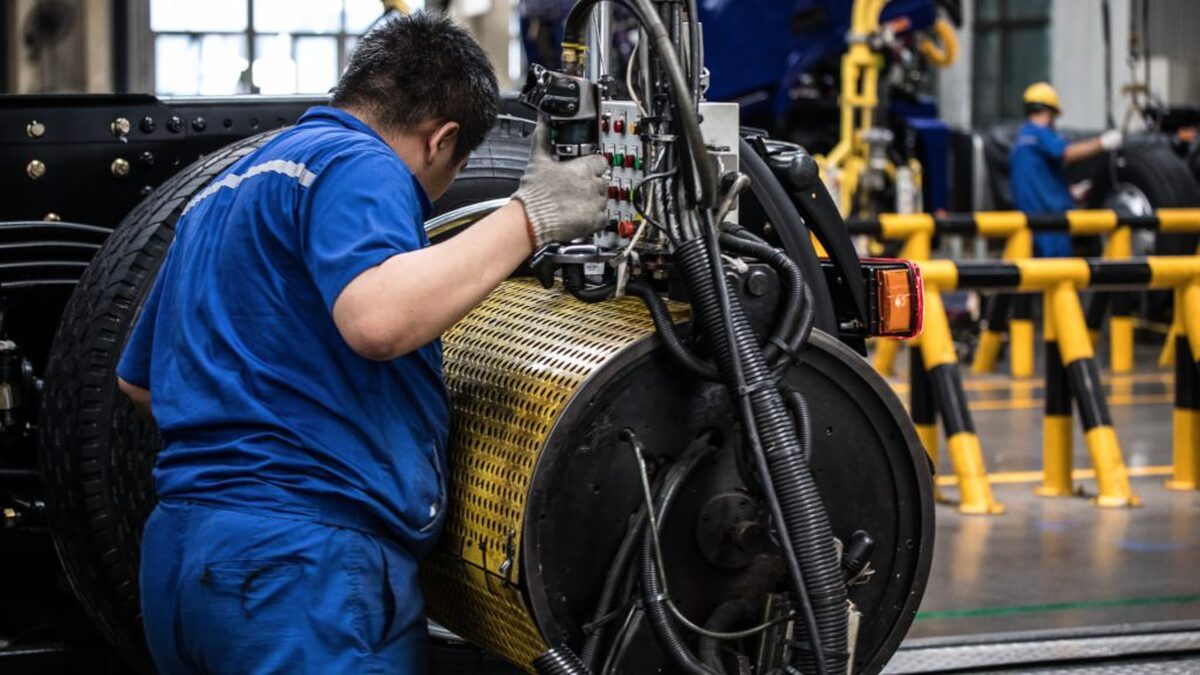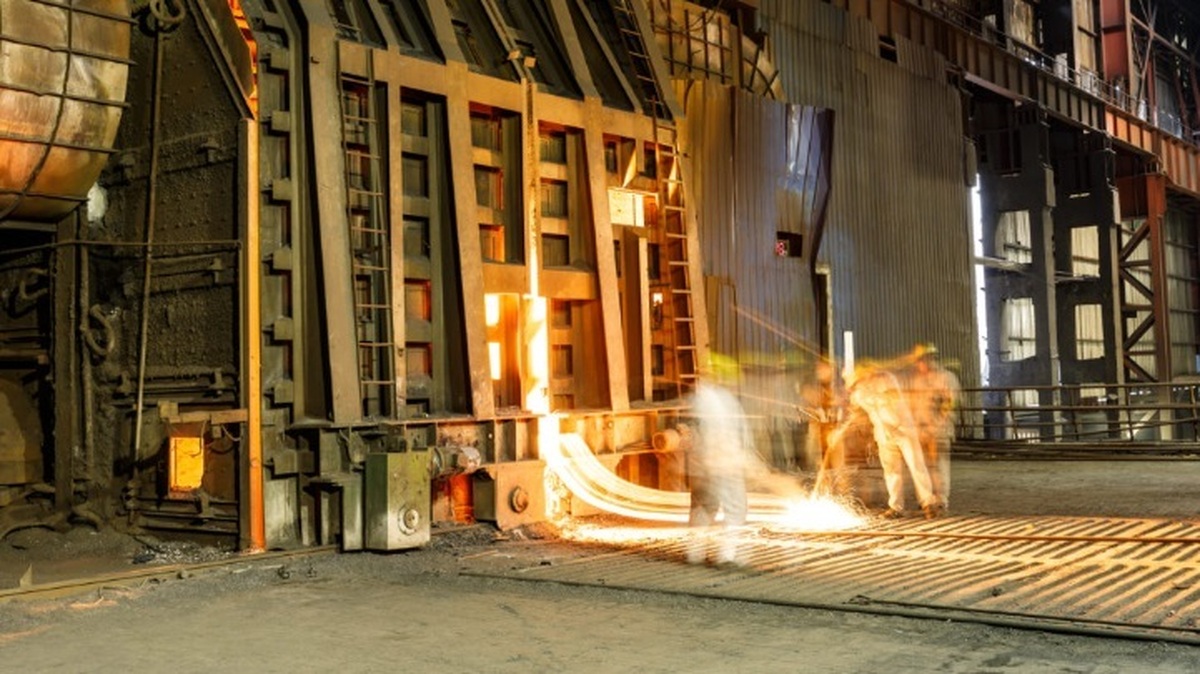
What soaring iron ore and faltering copper say about China — opinion

Copper, by contrast, is under pressure, with the London Metal Exchange (LME) price for three-month delivery sliding 10 percent over the last month and currently struggling to hold the $6,000-per tonne level.
The fortunes of two commodities are beholden to China, the world's biggest importer and user of both iron ore and copper.
Yet the two have followed starkly different price paths so far this year. Iron ore is up 39%, while copper is up by just 3% and working hard to retain even those meagre gains.
Supply differentials can explain only some of the divergence.
Iron ore has been rocked by the rolling dam-related closures of Vale's Brazilian mines as well as weather-related losses in Australia.
Copper was in small surplus over the first two months of 2019, according to the International Copper Study Group.
However, the headline balance assessment masks a 1.8% fall in global mine production, which at other times would have enthused copper bulls.
Not so right now, though.
That's down to demand, with rampant iron ore and faltering copper also reflecting very different usage dynamics in China.
Super-strong steel
Iron ore is caught in a perfect bull storm with constrained supply running up against super-strong demand from China's giant steel sector.
China's steel production grew by 10% in the first quarter of this year, according to the World Steel Association.
Production accelerated again in April to 85.03 million tonnes, the highest monthly run rate on record and equivalent to an annualised rate of over one billion tonnes.
Not bad for an economy that is supposedly struggling with an internal slowdown and trade tensions with the United States.
True, net exports of steel products have picked up this year, but the difference in tonnage terms was a marginal 2.3 million over the first four months.
Rather, steel production is booming because Chinese steel demand is booming.
This is down to Beijing's most recent stimulus package, which has in part travelled down the old-economy channels of infrastructure and property.
Property and associated activities account for around one third of China's metals demand, according to analysts at Citi.
"Arguably the single most-followed indicator for the health of demand for metals from property is floor space starts," they note. (China Property and Steel Demand, May 15, 2019).
And new starts are running at a fast pace, up 15.5% in April and up 13.1% in the first four months of 2019, according to Citi.
Look no further to understand why China's steel mills are churning out record amounts of product.
Copper waiting for completion
Which rather begs the question of what is happening to copper demand in China.
Not much, according to Citi.
The bank notes that apparent copper consumption actually fell by 2% over the first quarter. (Metals Weekly, May 31, 2019)
Citi's proprietary China Copper End-use Tracker points to anaemic growth of just 1% in April with continuing weakness in the automotive sector but little offset from construction.
Copper's supply tensions lie ahead and demand from property completions should rise
The contrast with steel is down to the difference in how the two metals are used in the property sector.
Steel is used at the first stage of construction, meaning it is closely tied to the pace of new housing starts.
Copper is used towards the end of the construction cycle when wiring is installed and empty space is filled with consumer durables such as kitchen appliances.
And while new starts have been booming, new property completions are lagging way behind. They were down by 10% in the January-April period, according to Citi.
There is, in other words, a Chinese property supply bulge with lots of new houses started but not yet completed.
That's depressing demand for copper and other base metals such as aluminium, which is a popular material in China both for cladding and internal fixtures such as doors and windows.
Closing the gap
The yawning gap between property starts and completions implies that at some stage copper usage in China's construction sector will rise as completions start catching up with starts.
Analysts such as Citi are looking for this to happen some time in the second half of 2019, meaning a pending demand boost for copper.
Steel and iron ore are for now benefiting from this tit-for-tat tariffs game since Beijing can be expected to renew its stimulus impetus in response to any trade-induced slowdown
However, there is another factor at work in this iron ore-copper conundrum, namely escalating trade tensions.
The United States on May 10 raised tariffs on $200 billion of Chinese imports to 25% from 10%, with China responding in kind on a shorter list of $60 billion of U.S. goods.
Steel and iron ore are for now benefiting from this tit-for-tat tariffs game since Beijing can be expected to renew its stimulus impetus in response to any trade-induced slowdown.
More infrastructure spending and more loosening of property market regulations mean more steel.
Copper, by contrast, is vulnerable to the hit on exports of manufactured goods occasioned by rising tariffs even while it waits for the strength in construction activity to translate into completions.
It's this demand disconnect that has left copper and other base metals out of favour with investors, even as iron ore punches out new price highs.
The gap will close.
Iron ore supply will over time normalise and China's current new-build boom will abate. Copper's supply tensions lie ahead and demand from property completions should rise.
Until that happens, though, the ferrous and non-ferrous parts of the industrial metals complex will each follow their own distinctive Chinese-determined path.



Trump weighs using $2 billion in CHIPS Act funding for critical minerals

Codelco cuts 2025 copper forecast after El Teniente mine collapse

Electra converts debt, launches $30M raise to jumpstart stalled cobalt refinery

Barrick’s Reko Diq in line for $410M ADB backing

Abcourt readies Sleeping Giant mill to pour first gold since 2014

Nevada army depot to serve as base for first US strategic minerals stockpile

SQM boosts lithium supply plans as prices flick higher

Viridis unveils 200Mt initial reserve for Brazil rare earth project

Tailings could meet much of US critical mineral demand – study

Kyrgyzstan kicks off underground gold mining at Kumtor

Kyrgyzstan kicks off underground gold mining at Kumtor

KoBold Metals granted lithium exploration rights in Congo

Freeport Indonesia to wrap up Gresik plant repairs by early September

Energy Fuels soars on Vulcan Elements partnership

Northern Dynasty sticks to proposal in battle to lift Pebble mine veto

Giustra-backed mining firm teams up with informal miners in Colombia

Critical Metals signs agreement to supply rare earth to US government-funded facility

China extends rare earth controls to imported material

Galan Lithium proceeds with $13M financing for Argentina project

Kyrgyzstan kicks off underground gold mining at Kumtor

Freeport Indonesia to wrap up Gresik plant repairs by early September

Energy Fuels soars on Vulcan Elements partnership

Northern Dynasty sticks to proposal in battle to lift Pebble mine veto

Giustra-backed mining firm teams up with informal miners in Colombia

Critical Metals signs agreement to supply rare earth to US government-funded facility

China extends rare earth controls to imported material

Galan Lithium proceeds with $13M financing for Argentina project

Silver price touches $39 as market weighs rate cut outlook



















